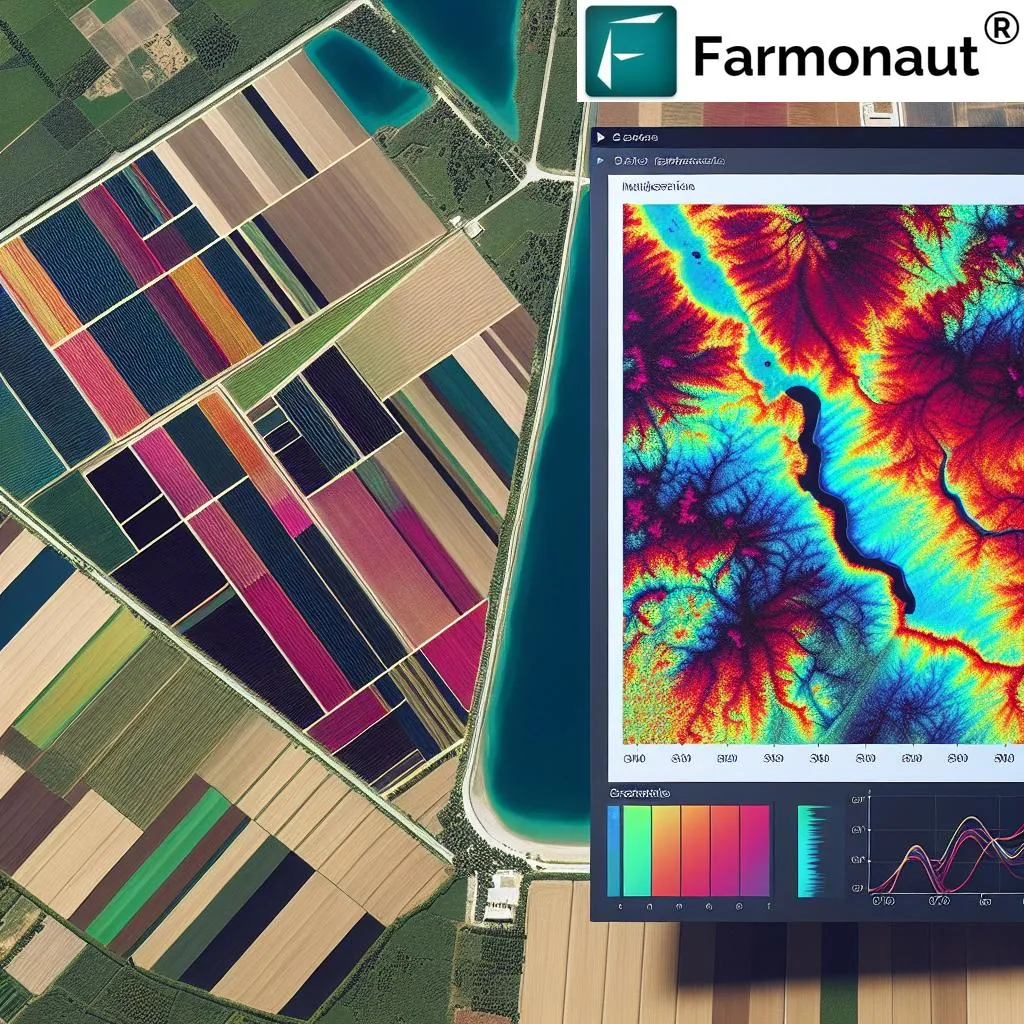In the ever-evolving landscape of agricultural technology, a breakthrough in sensing materials could revolutionize how we monitor and manage our crops and environment. Researchers have been exploring MXenes, a class of two-dimensional materials, for their potential in creating advanced biochemical sensing platforms. This innovation, detailed in a recent study published in *Electron* and led by Min Gao of the Institute of Environmental Engineering at ETH Zurich, could have profound implications for the agriculture sector.
MXenes, which include transition metal carbides, nitrides, and carbonitrides, offer a unique combination of properties that make them ideal for sensing applications. Their large interactive surface area, tunable material properties, and active surface chemistry enable highly sensitive and selective detection of biochemical substances. “The key advantage of MXenes lies in their excellent processability for large-scale fabrication, which is crucial for commercial applications,” says Gao.
For the agriculture industry, this means more efficient and cost-effective ways to monitor soil health, plant diseases, and environmental conditions. Imagine sensors embedded in fields that can detect nutrient levels, pH changes, or even the presence of pathogens in real-time. This level of precision could lead to more targeted use of fertilizers and pesticides, reducing waste and environmental impact while increasing crop yields.
The study systematically reviews synthesis strategies and material properties of MXenes, classifying their working mechanisms and discussing performance-enhancing strategies. “We’ve seen significant improvements in sensitivity and stability with MXene-based sensors,” Gao explains. “This makes them a promising candidate for commercialization in the agricultural sector.”
However, challenges remain. The researchers highlight the need for further development to overcome issues related to stability and scalability. “While the potential is immense, we need to address these challenges to make MXene-based sensors a viable option for mass production,” Gao notes.
The outlook for MXene sensing electronics is bright, with the potential to transform not just agriculture but also wearable electronics, medical diagnostics, and environmental monitoring. As research continues, we can expect to see more innovative applications of these materials, driving forward the next generation of smart, sustainable agriculture.
In the meantime, the agricultural industry can look forward to a future where real-time, accurate sensing technologies become the norm, thanks to the groundbreaking work on MXenes.

